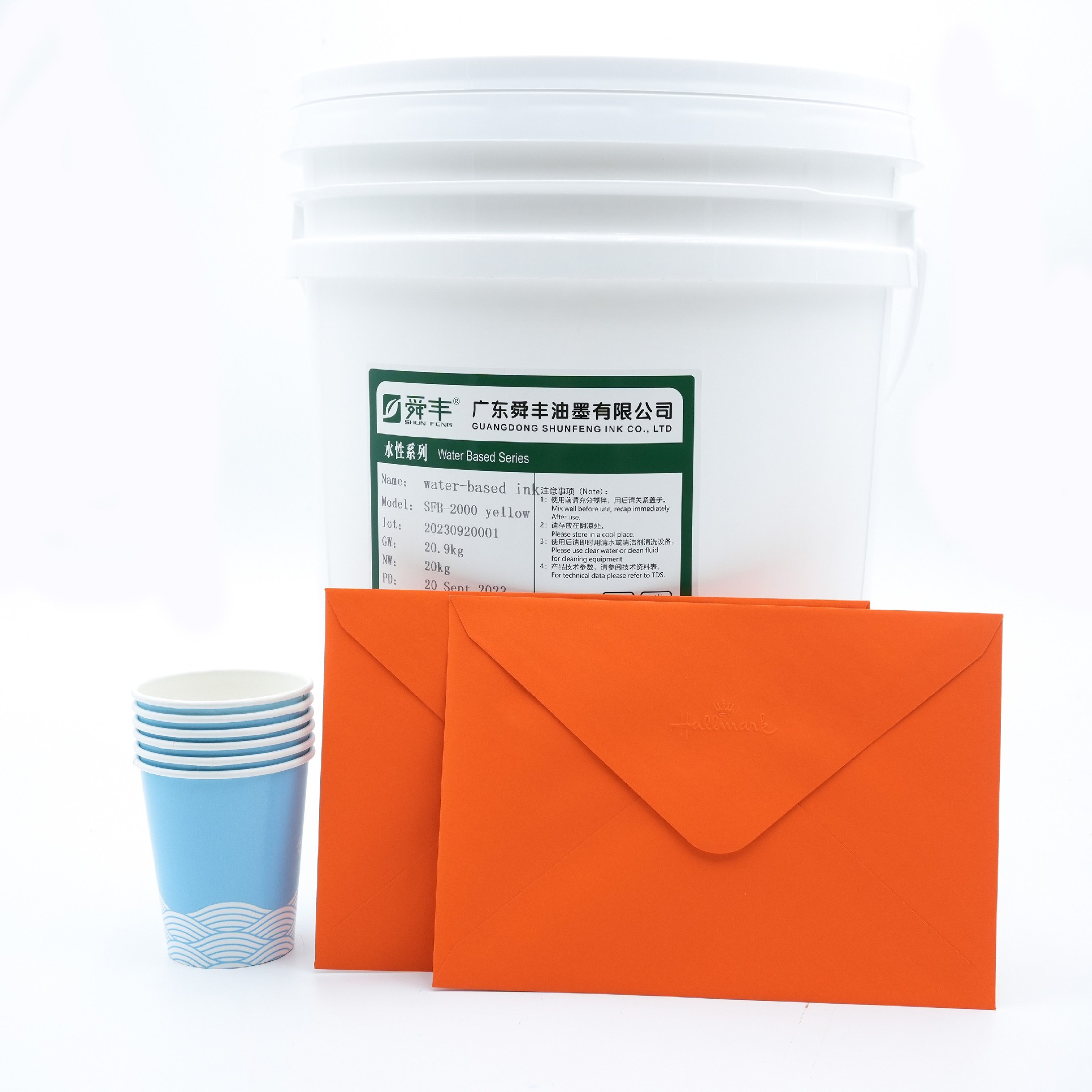Current location : News Industry news
As an environmentally friendly printing material, water-based ink has been widely used in the printing industry in recent years. Its unique characteristics and excellent printing effects make it the first choice of many printing manufacturers and consumers. This article will start from an industry perspective and introduce in detail the characteristics of water-based ink, applicable substrates, printing effects, requirements for printing machines, and environmental pollution levels.
The characteristics of water-based ink are mainly reflected in the following aspects. First of all, water-based ink uses water as the solvent, which is more environmentally friendly than traditional organic solvent ink, reducing the emission of harmful volatile substances, and conforming to the environmental protection requirements of modern society. Secondly, water-based ink has low volatility and fast drying speed, allowing rapid production of prints in a short time. In addition, water-based ink has bright colors, high stability, and is not easy to fade, and can meet the high color requirements of printed matter.
Water-based inks are suitable for various types of substrates, including paper, cardboard, plastic film, and more. Due to the special composition of water-based ink, it has good adhesion and durability on different materials and can meet the printing needs of different types of products.
The printing effect of water-based ink is satisfactory. Compared with traditional inks, water-based inks can present more delicate patterns and clear fonts during the printing process. The prints have high color saturation and strong layering, which can better restore the designer's intention and make the prints more artistic and ornamental.

Printing presses that use water-based inks have relatively high requirements. Due to the low viscosity of water-based ink, the printing press needs to be equipped with a dedicated ink pool and ink fountain to ensure stable supply and accurate control of the ink. In addition, the printing speed and pressure of the printing machine also need to be adjusted appropriately to ensure the good performance of the water-based ink during the printing process.
In terms of environmental pollution, water-based inks have obvious advantages over traditional inks. Since the main component of water-based ink is water, it does not produce the emission and volatilization of harmful substances, and has a low degree of environmental pollution. At the same time, the waste ink treatment of water-based ink is relatively simple and can be recycled and reused through appropriate treatment methods to achieve effective use of resources.
In general, water-based ink, as an environmentally friendly printing material, is rapidly emerging in the printing industry. Its unique features, excellent printing effects and environmental friendliness make it the first choice of many printing manufacturers and consumers. In the future, water-based inks will continue to grow and bring more possibilities and opportunities to the printing industry.
Please pay attention to Shunfeng Ink to learn more about water-based inks, UV inks and water-based varnishes.
Shunfeng ink makes printing colors safer and more environmentally friendly.